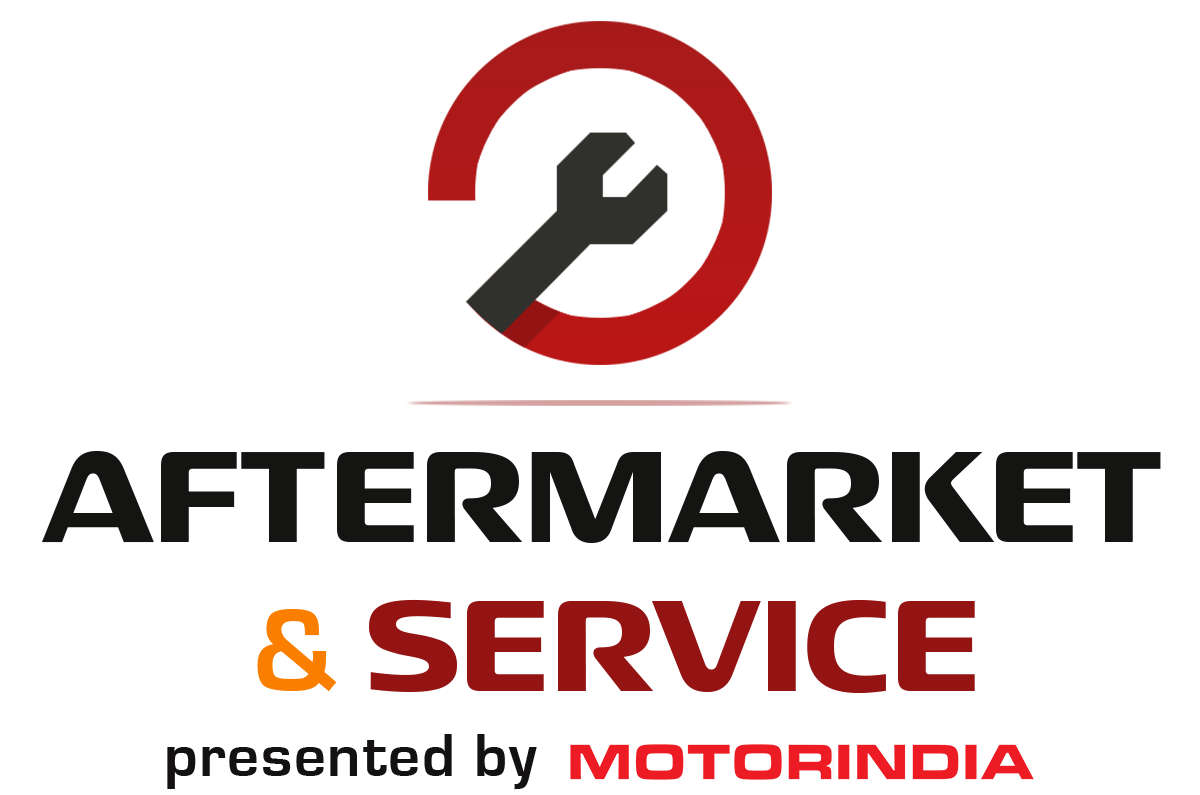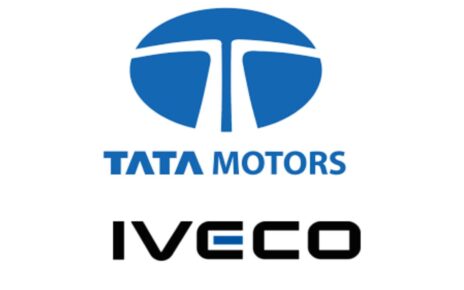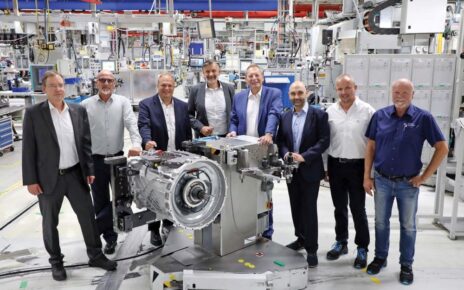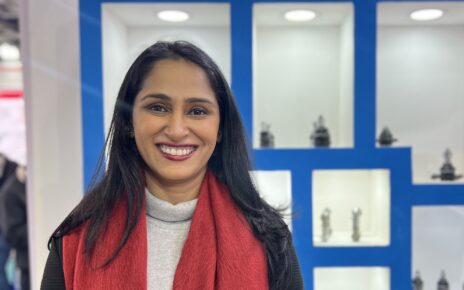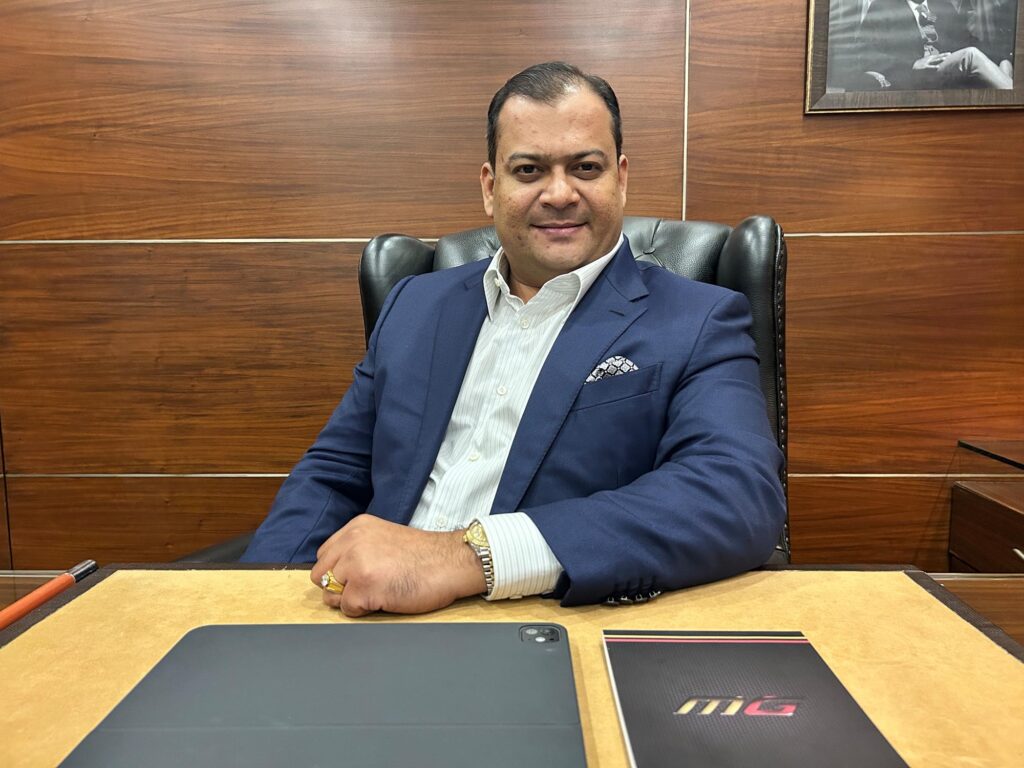
The recently unveiled TIGRA coach and refreshed MG brand identity marked a watershed moment for MG Group. The recently held launch event at Bangalore Palace Grounds, aptly titled Re:born, was not just the debut of a new product but the symbolic resurgence of a company that weathered the storm of the pandemic and is now recalibrating for an ambitious future.
“During the pandemic, we had a huge setback. We were focusing purely on survival and strategizing what we could do operationally at a time when business had come to a halt,” recalls Anil Mohan Kamat, Chairman and Managing Director of MG Group. “The Re:born event in Bangalore was our first major initiative post-COVID. Unveiling of the new coach along with a refreshed brand identity was important to us, and the thunderous response we received validated our intent.”
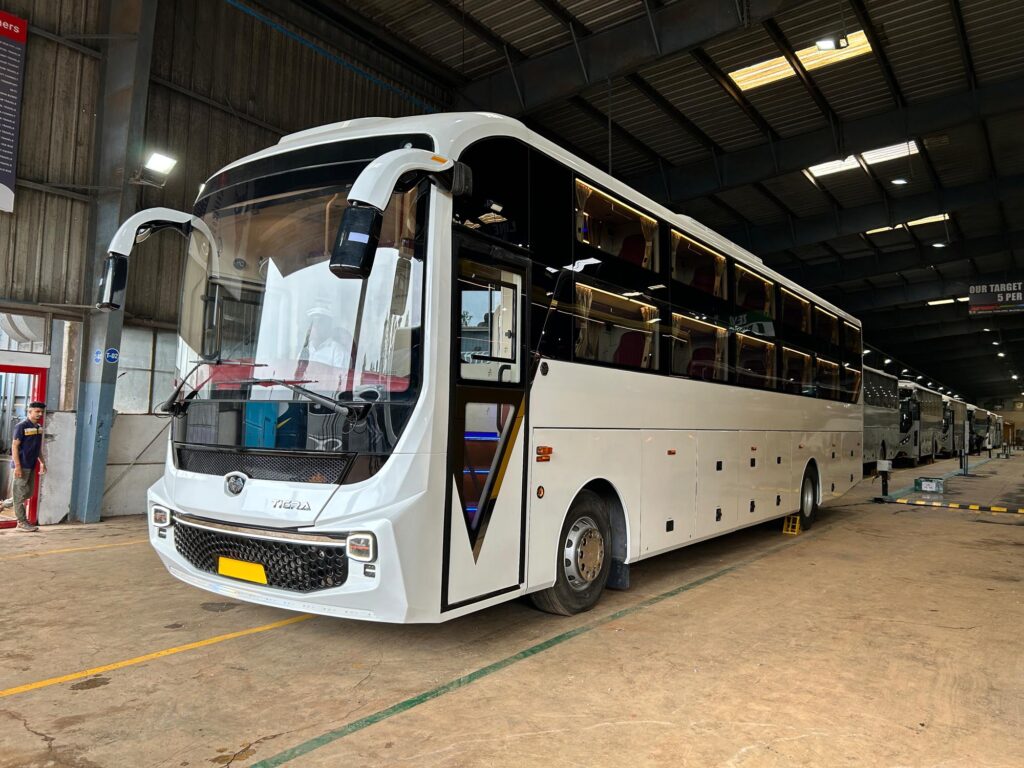
The launch of TIGRA represents more than just a new product line – it is MG Group’s declaration of intent to reclaim leadership in premium coaches by scaling up the passenger experience.
From Concept to Reality – TIGRA’s Journey
The TIGRA was showcased in two variants at the launch, setting a new benchmark for what Anil terms a “super premium” experience. “The perception is that finally, there is a real super premium product in the Indian market. That means a lot to us, because our intent was to elevate the passenger experience to global benchmarks,” he notes.
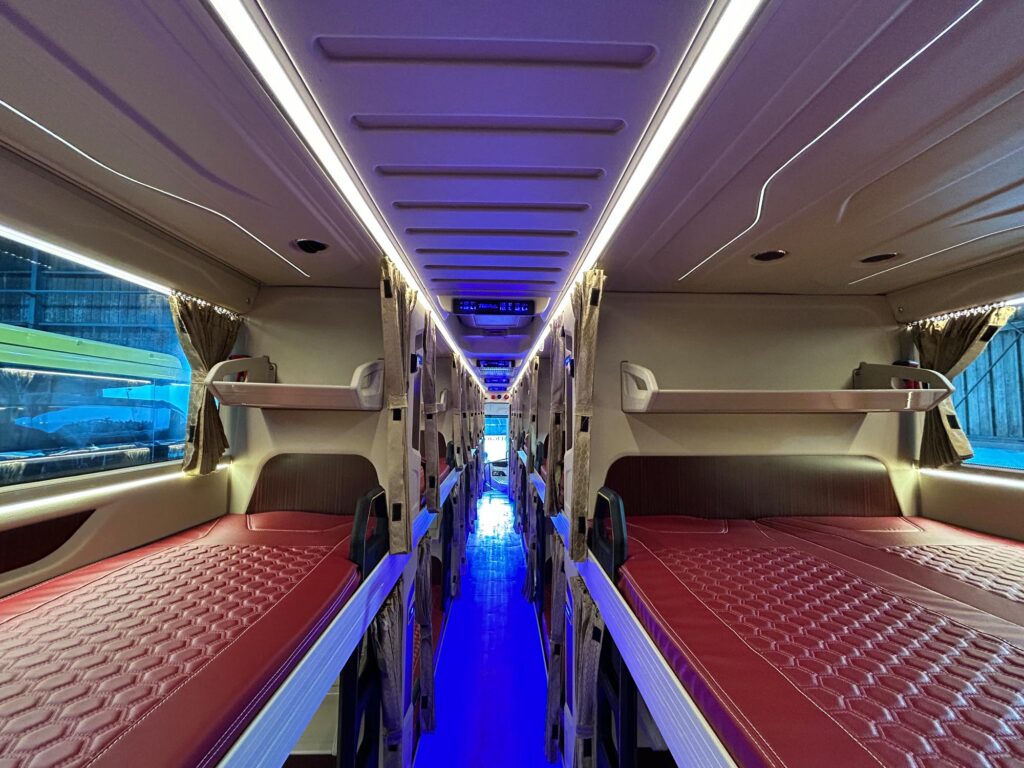
Feedback from operators, suppliers, and industry partners has already shaped refinements that will be built into the production units. MG has mapped a carefully phased production rollout, with deliveries beginning around Diwali this year. “We had targeted 150 TIGRA coaches for H2 of this fiscal, and we already have a confirmed order pipeline for the same. Next year, our target is a minimum of 500 units,” Anil shares.
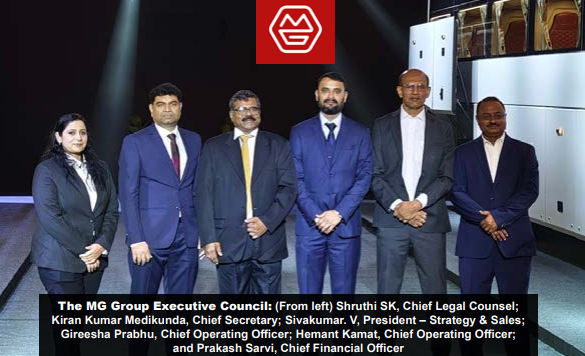
To ensure flawless customer support, MG is creating a nationwide service backbone. The initial phase includes touchpoints in Delhi, Bangalore, Chennai, and Coimbatore, covering not just technical support but also the ready availability of parts – critical to MG’s goal of achieving “zero downtime” for TIGRA.
Shaping the Indian Bus Market
Anil is clear that TIGRA is part of a broader agenda: reshaping India’s bus and coach segment. “Our auto industry has moved to global standards in cars, two-wheelers, and trucks, but the bus and coach sector has lagged. There is a huge opportunity here, and we want to lead that transformation,” he explains.
Drawing inspiration from Europe but tailoring solutions to Indian economics, MG has chosen to blur the divide between premium rear-engine formats and front-engine chassis. “Why should super premium only be restricted to rear-engine platforms? We’ve created a pioneering offering that brings the same premium feel to coaches built on Indian OEM chassis,” he says.
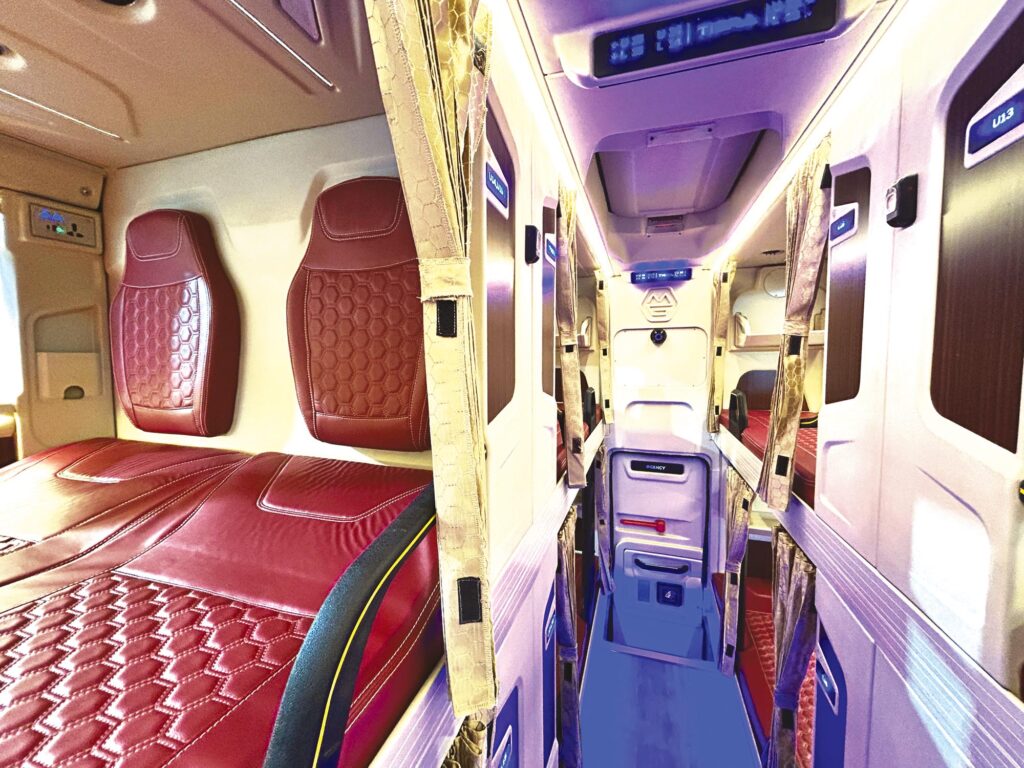
In terms of variants, MG is aligning with demand for sleeper and seater-sleeper coaches, while differentiating through engineering precision, innovative design, and an unwavering focus on passenger comfort and safety.
Balancing Regulation and Innovation
Like most in the sector, MG Group has faced the burden of regulatory churn. “Over the past three to four years, along with the pandemic, we also had to deal with successive regulation changes such as recertification of bus and coach body solutions for a change in emission norms from BS-IV to BS-VI with substantial investments in the thick of the pandemic. Being a compliant company, we invested heavily to meet the regulatory environments, but it’s been a load on the industry,” Anil remarks.
He believes the solution lies in structured dialogue with policymakers. “The bus bodybuilding sector still doesn’t have formal representation like OEMs do through SIAM or suppliers through ACMA. It would help if compliant companies were identified and audited, and their feedback incorporated into policymaking. That would create a win-win for the industry and the government.”
Strengthening the Manufacturing Footprint
MG’s strategy is anchored in three plants:
Belgaum Unit 1: Premium coaches like TIGRA, with a current capacity of 1,500 units, set to expand to 2,000.
Belgaum Unit 2: Mixed product lines with a 2,000-unit capacity, operating at 70–75% utilisation.
Zaheerabad (Telangana): Recently revived with a massive 6,000-unit capacity, dedicated to a variety of applications for OEMs, STUs, and Dealers.
Zaheerabad also forms the hub for MG’s work with partners such as Ashok Leyland, Force Motors and Switch mobility. “We restarted Zaheerabad about 10 months ago to focus on OEM contract manufacturing, school and staff buses, ambulances and mofussil buses for STU’s,” says Anil.
De-risking with Backward Integration
MG Group has always prided itself on backward integration. Its subsidiaries – MG West & Deccan (Design & Engineering Services), MG Leather & Trim (Seating Systems and Trim Parts, MG Composites (Multi Industry Potential), and MG Grey Engine (Bus Electrical & Electronic Products) – play a critical role in bolstering the bus and coach business.
“Our goal is that by FY27, these entities should cater to only 50% of captive requirements, with the rest coming from external customers. That way, we de-risk and grow without reducing MG’s volumes,” explains Anil.
Columbus and the Electric Pivot
One of MG’s iconic products, the Columbus Premium Tarmac Coach, is also being envisioned in an Electric version. “Airports are moving rapidly to electric fleets. We want Columbus to be reintroduced as a fully electric offering for top-tier airports” Anil affirms.
MG is also working closely with aggregators and EV startups in the intercity coach space, providing design and body solutions for emerging EV platforms. While MG is not developing EV technology in-house, Anil is pragmatic about partnerships. “It’s not always black and white – some solutions we’ll build ourselves, while others, like EV powertrains, require collaborations.”
Professionalising Leadership
Beyond products and plants, Anil is steering an organisational transformation. The creation of an Executive Council marks a shift from family-run operations to a professionally managed organisation.
“The Council enables leadership to be ‘intrepreneurs’ – gaining entrepreneurial experience without financial risk. It’s been one and a half years, and it’s working well. I’m evolving with the team too, and it’s exciting to see them grow into their roles,” he shares.
This professionalisation allows Anil to focus on finance, strategy, and exploring new opportunities, while ensuring operational teams remain agile and empowered.
MG Group’s Top Priorities
Ensure TIGRA’s success in the market
Scale up Zaheerabad plant while balancing Belgaum’s premium focus
De-risk backward integration units through diversification
Explore exports and collaborations in EV
“What’s closest to my heart is the premium coach business – it gives me entrepreneurial satisfaction and a chance to directly engage with operators, drivers, passengers, and service teams,” he reflects. “We are totally committed to redefining passenger travel in India, and TIGRA is the first step in that journey.”me entrepreneurial satisfaction and a chance to directly engage with operators, drivers, passengers, and service teams,” he reflects. “We are totally committed to redefining passenger travel in India, and TIGRA is the first step in that journey.”
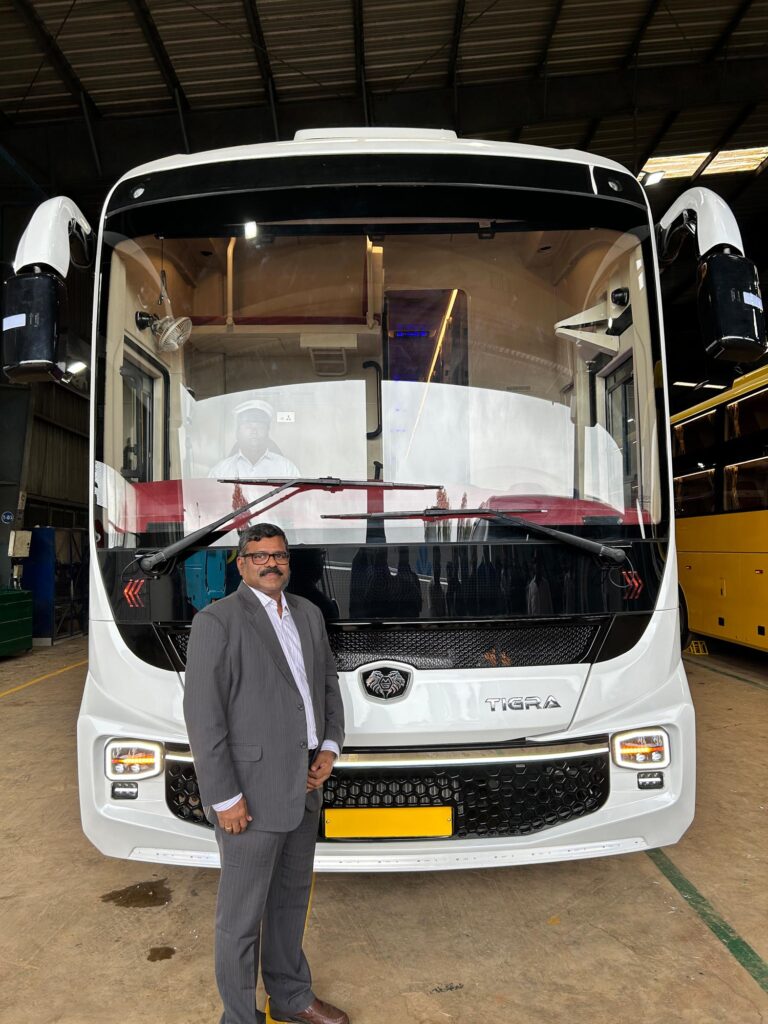
MG Group’s Road Ahead In Conversation with Sivakumar V.
During a visit to MG Group’s Belgaum plant, the MOTORINDIA team had an exclusive chat with Sivakumar. V, President – Strategy & Sales. Below are excerpts from the conversation.
On Market Sentiments Post-COVID
The mood is buoyant and bullish. The industry is growing, and there is space for everyone. What excites me most is that brand MG is now recognized as a formidable coach brand, offering comfort, reliability, and safety. TIGRA is just one step in that direction, but we remain committed to other segments too like government contracts, school and staff buses, and OEM partnerships.
On Customer Response to TIGRA
Customers were delighted at the launch. Many immediately asked us to block slots for them. But because TIGRA is a super-premium product, we are cautious– choosing the right markets where we can ensure full support. Valuable customer feedback after the launch led to refinements, and all production units will have them incorporated.
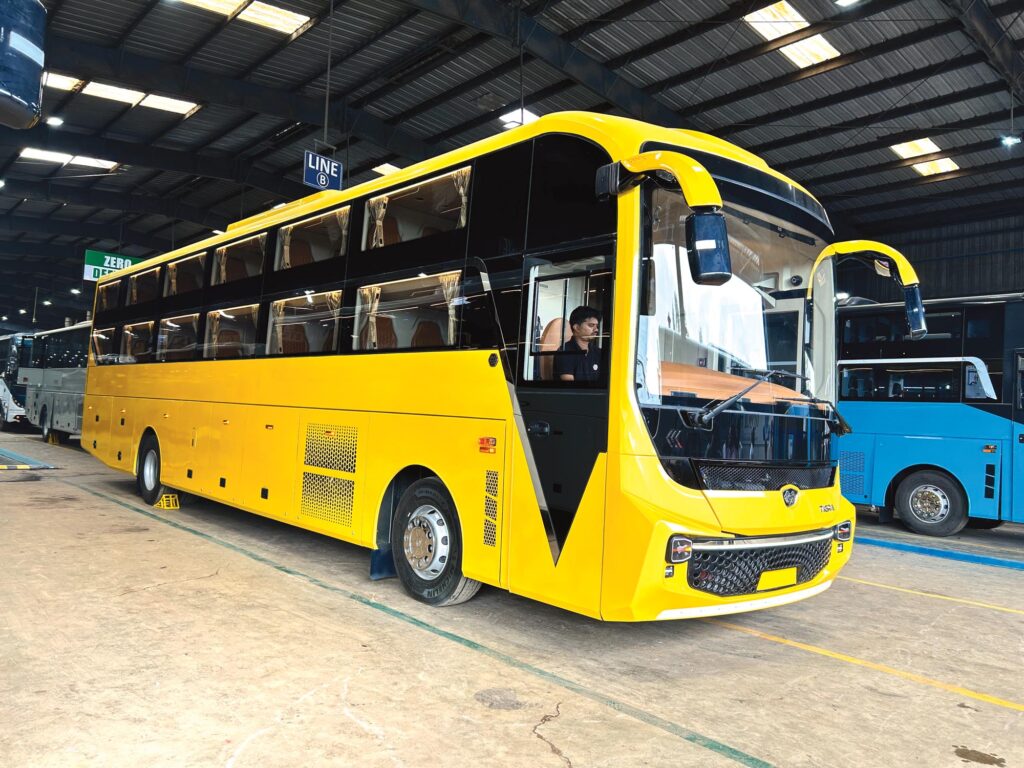
On Aftersales Support
At MG, we are perhaps the only bus and coachbuilder with a dedicated aftersales organisation. This includes a central parts warehouse, a wide service network, and a team of service managers. We cover South India fully, have strong presence in the West and North, and provide at-site support for customers with parts and technicians. We also focus heavily on customer training so they can quickly restore vehicles to service.
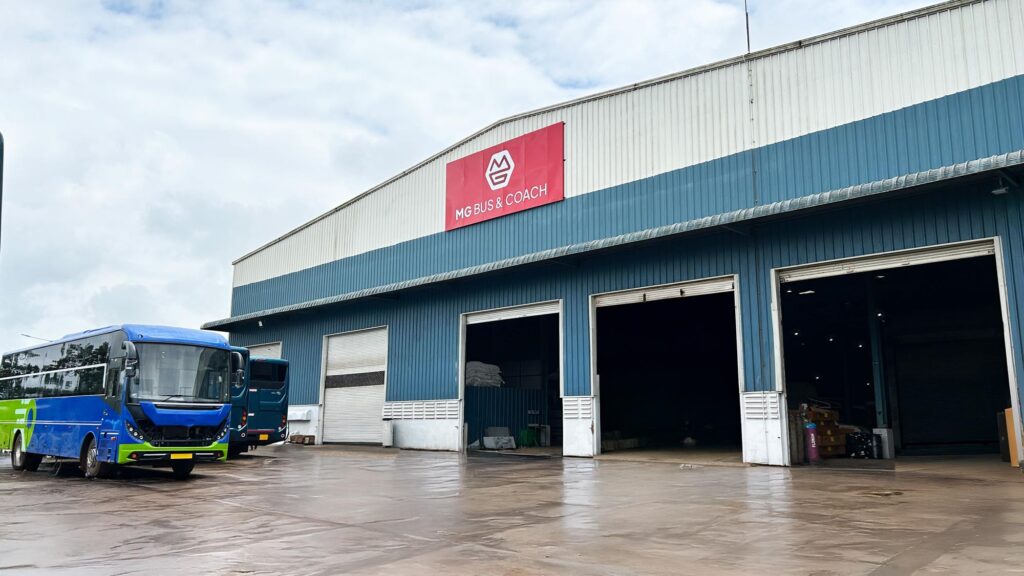
On Network Expansion
Our next step is expansion into the East. We are also opening more touchpoints nationwide to support TIGRA and other models. The goal is to achieve zero downtime for our customers.
On 3S Dealership Model
We are pioneering a 3S model – Sales, Service, Spares – something unheard of in this space. Dealers will handle MG’s entire product portfolio, from small buses to large coaches, ambulances, and other applications. They will also undertake small local customisations, while MG focuses on larger premium solutions. This way, dealers earn revenue across streams while customers get holistic support.
On Expanding Relationships and Partnerships
We believe in personal selling, not commodity sales. Customers must feel heard and receive tailored products. Beyond traditional segments, we are engaging with new-generation companies and EV startups, offering integration and manufacturing support. This helps us move closer to our vision of becoming an OEM.
On the Road Ahead
Our focus for the next 2–3 years will be threefold:
Consolidating our network and sales presence nationwide, including in the East.
Refreshing existing product lines.
Strengthening government business in select niches.
What excites us most is the respect and trust we enjoy from customers, OEMs, and new-age companies. We aim to channel this goodwill into building a stronger MG – anchored in design, engineering, and manufacturing excellence, while staying ready to seize emerging opportunities in EVs and beyond.
Precision-first Coach Building Inside the Line with COO Gireesha Prabhu
MG Group’s coach-building operation runs on an exacting, design-led playbook that compresses build times and elevates finish quality. The line is designed for multi-model agility, starting with precision cutting of square tubes and open-section parts, then flowing through sub-assemblies, cubing, body-in-white, paint, trim and PDI — with overhead cranes and cross-transfer jigs eliminating manual lifts and awkward turns. Gireesha Prabhu, Chief Operating Officer, gave the MOTORINDIA team a walk-through of the company’s impressive facility at Belgaum.
Process Discipline at Scale
Raw material is cut “as per drawing” and staged in model-wise kits, enabling parallel work across more than 80–90 sub-assemblies. Six major structures — floor, two sides, roof, front and rear — are built entirely in fixtures, not on the floor, and stocked for just-in-time marriage. Gireesha is clear on the rationale: building off-chassis preserves dimensional integrity when the shell is finally lowered onto the chassis.”
A Digital Backbone replaces Paper
A home-grown Design Management System (DMS) has replaced paper drawings and revision confusion. Supervisors access the latest 3D models on shop-floor terminals, with zoom and measure functions that close the loop between design and production. “The link is straight, centralized, and cloud-based,” he notes, adding that line-end complaints tied to wrong revisions have effectively disappeared.
Tooling Strategy that Protects Uptime
Frequent variant changeovers can erode throughput, so MG caps fixture complexity at roughly 25 variants per tool to limit operator confusion and changeover losses. Family models are consolidated on common fixtures; truly different car-lines trigger a tool swap, which today costs “half a day — three vehicles.” The next capacity jump is planned via decoupling: move structure-building into three to four parallel zones and feed a common marriage line to minimize downtime.
Safety, Compliance and Materials
Rollover performance is engineered in two stages — in-house CAE with appropriate factors of safety applied, followed by correlation with ARAI — hard-coding minimum sections, thickness and material grades for repeatable outcomes. MG predominantly builds AC vehicles and standardises aluminium for flaps and exterior panels to cut weight and eliminate rust risk; “everything is galvanized” upstream to further guard against corrosion. Chassis integration is by OEM prescription: outrigger construction on some platforms, U-bolting on others — “we don’t bypass; we work with the chassis maker.”
Paint and Finish for Repeatability
Paint preparation spans a 125-metre station for etch and epoxy priming, puttying and water sanding to chase undulations that high-gloss top-coats reveal. Top-coat uses base-and-clear, then baking at 60 °C for 30 minutes for even cure and bonding — a necessity for a high-mix, high-tempo line without proliferating booths. Graphics are typically painted, not stickered, European color schemes are increasingly influencing Indian designs.
Throughput Today and Tomorrow
From order to delivery, MG commits 45 days, though the “hands-on” segment from structures to end can run 12–13 days. A 30-day target is in sight, contingent on space and inventory buffers; warehouse expansion and an additional yard are on the anvil to de-bottleneck flow and parking. Market-wise, Gireesha se es a decisive shift to 13.5-metre, 36-berth sleepers — a regulation-aligned spec that fits layouts without compromise. The broader design stack stays in-house — styling, CAE, tooling and plant layouts on SolidWorks, Alias and HyperWorks — “we don’t outsource,” he underlines, “because design capability is our USP.”
